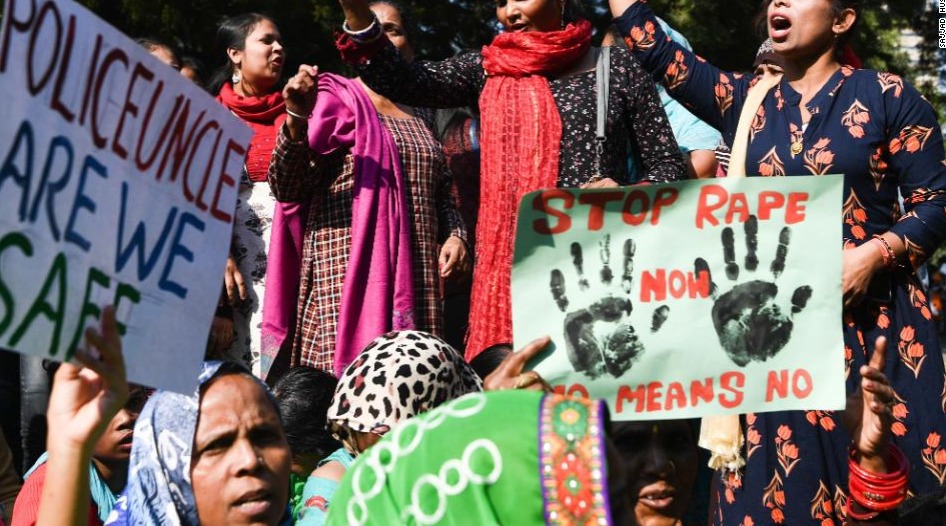
A recent report from the United Nations International Children’s Emergency Fund (UNICEF) has highlighted the alarming scale of sexual violence against children worldwide.
According to the findings, over 370 million girls and women have been victims of rape or sexual assault during their childhood. Additionally, the report reveals that between 240 and 310 million boys and men—approximately 1 in 11—have faced similar abuse.
The report, published ahead of the International Day of the Girl, provides the first global and regional estimates of sexual violence against children.
It emphasizes the devastating, lifelong impact, especially on adolescent girls, who are disproportionately affected. The study also shows a rise in ‘non-contact’ sexual violence, such as online or verbal abuse, with around 650 million girls affected globally.
UNICEF Executive Director Catherine Russell stated, “Sexual violence against children is a stain on our moral conscience. It inflicts deep and lasting trauma, often by someone the child knows and trusts, in places where they should feel safe.”
The report stresses that this issue transcends geographical, cultural, and economic boundaries, affecting children worldwide.
Sub-Saharan Africa has the highest number of affected individuals, with 79 million girls and women (22%). Other regions also report significant numbers: 75 million in Eastern and South-Eastern Asia (8%), 73 million in Central and Southern Asia (9%), 68 million in Europe and Northern America (14%), 45 million in Latin America and the Caribbean (18%), 29 million in Northern Africa and Western Asia (15%), and 6 million in Oceania (34%).
The report highlights that children in fragile settings—those with weak institutions, UN peacekeeping forces, or high numbers of refugees due to conflict—face even higher risks, with more than 1 in 4 experiencing sexual violence.
“We are witnessing horrific sexual violence in conflict zones, where rape and gender-based violence are often used as weapons of war,” Russell added.
The majority of sexual violence incidents occur during adolescence, with a significant increase between ages 14 and 17.
UNICEF emphasizes the need for targeted interventions during this period to prevent the cycle of abuse and address its long-term impacts, which include higher risks of sexually transmitted infections, substance abuse, mental health challenges, and difficulties in forming healthy relationships.
The report also highlights gaps in data, particularly concerning boys and non-contact forms of violence, underscoring the need for increased investment in research.
It calls for urgent global action to protect children, as international leaders prepare to meet at the Global Ministerial Conference on Violence Against Children in Colombia next month.
UNICEF’s recommendations include changing social norms that enable violence, providing children with accurate and accessible information to recognize abuse, ensuring victims have access to justice and support services, and strengthening laws to protect children from all forms of violence.
The organization also emphasizes the importance of building robust national data systems to monitor progress and hold perpetrators accountable.




